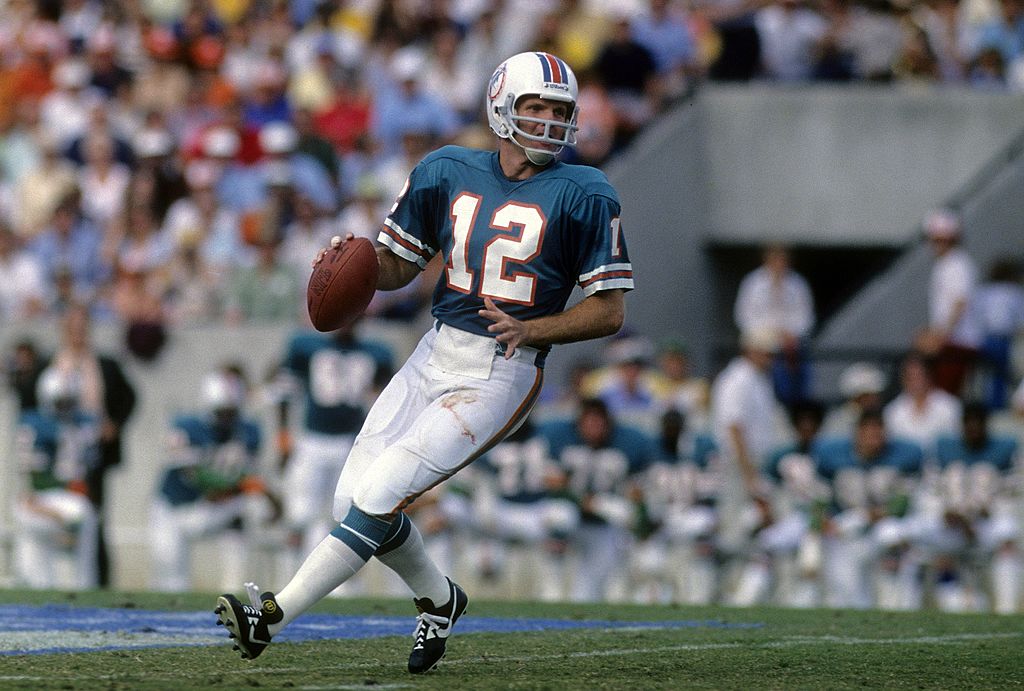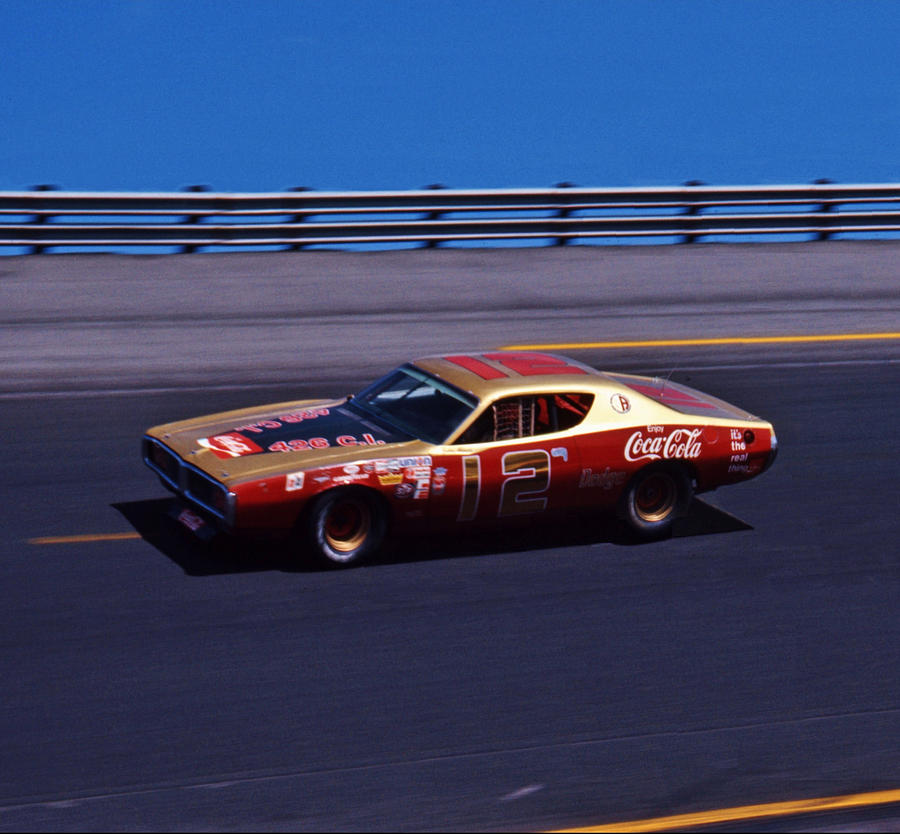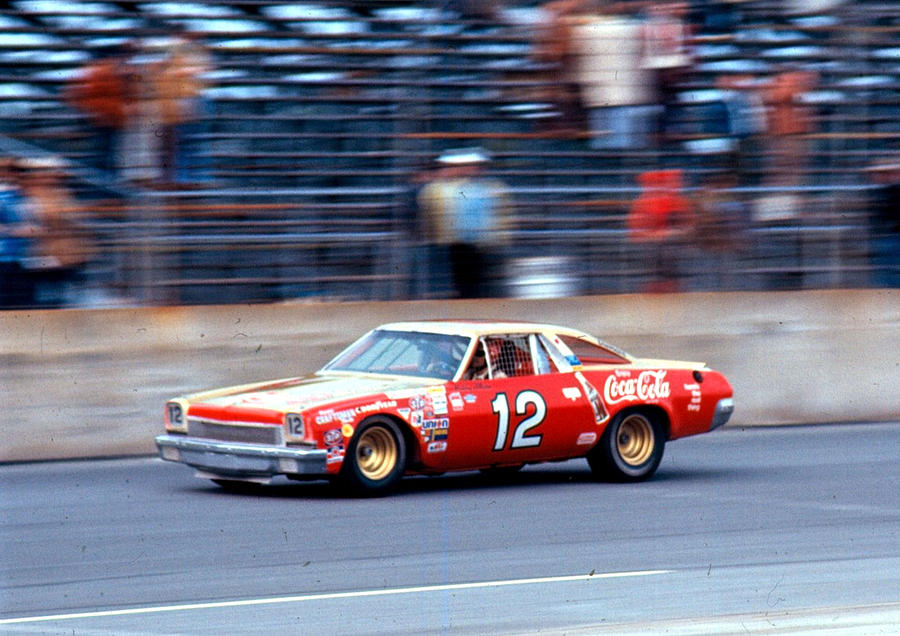Captain Comeback






_underway_at_sea_on_9_August_1968_(USN_1116887).jpg/800px-USS_Hornet_(CVS-12)_underway_at_sea_on_9_August_1968_(USN_1116887).jpg)
A Hellcat launches from the hangar deck catapult on Hornet in 1944. (below)USS Hornet (CV/CVA/CVS-12) is an Essex-class aircraft carrier built for the United States Navy (USN) during World War II. Completed in late 1943, the ship was assigned to the Fast Carrier Task Force (variously designated as Task Force 38 or 58) in the Pacific Ocean, the navy's primary offensive force during the Pacific War. In early 1944, she participated in attacks on Japanese installations in New Guinea, Palau and Truk among others. Hornet then took part in the Mariana and Palau Islands campaign and most of the subsidiary operations, most notably the Battle of the Philippine Sea in June that was nicknamed the "Great Marianas Turkey Shoot" for the disproportionate losses inflicted upon the Japanese. The ship then participated in the Philippines Campaign in late 1944, and the Volcano and Ryukyu Islands campaign in the first half of 1945. She was badly damaged by a typhoon in June and had to return to the United States for repairs.
After the war she took part in Operation Magic Carpet, returning troops to the U.S. and was then placed in reserve in 1946. Hornet was reactivated during the Korean War of 1950–1953, but spent the rest of the war being modernized to allow her to operate jet-propelled aircraft. The ship was modernized again in the late 1950s for service as an anti-submarine carrier. She played a minor role in the Vietnam War during the 1960s and in the Apollo program, recovering the Apollo 11 and Apollo 12 astronauts as they returned from the Moon.
Hornet was decommissioned in 1970. She was eventually designated as both a National Historic Landmark and a California Historical Landmark, and she opened to the public as the USS Hornet Museum in Alameda, California, in 1998.
Construction and career
The Chief of Naval Operations had ordered three Essex-class carriers on 10 May 1940 in anticipation of Congress passing the Two-Ocean Navy Act, although the ship that later became Hornet originally had the name Kearsarge with the hull number of CV-12. The contract to build her was awarded to Newport News Shipbuilding on 9 September 1940, and her keel was laid down on 3 August 1942. The seventh Hornet (CV-8) was sunk in the Battle of Santa Cruz on 26 October 1942, and the CV-12 hull was renamed Hornet shortly afterwards. The ship was launched on 30 August 1943 with her sponsor being Annie Reid Knox, wife of Secretary of the Navy Frank Knox. She was commissioned on 29 November 1943 with Captain Miles R. Browning in command.
Catapult arrangements for the early Essexs varied between ships; Hornet was built with a single hydraulic catapult on the forward part of the flight deck and another was fitted transversely on the hangar deck. All of the Essexs were fitted with arresting gear to allow them to land aircraft over both the stern and the bow.

.jpg/1280px-Two_SBC2C-3_over_USS_Hornet_(CV-12).jpg)
https://en.wikipedia.org/wiki/USS_Hornet_(CV-12)Despite multiple requests to alter course to avoid the eye of the typhoon, the task group entered the eyewall region, where the most violent weather in a typhoon is located, around dawn when Clark was finally granted the freedom to maneuver. Shortly afterwards a massive wave crashed down on Hornet's bow which collapsed some 25 feet (8 meters) of her forward flight deck.
_damaged_flight_deck_1945.jpg/1280px-USS_Hornet_(CV-12)_damaged_flight_deck_1945.jpg)
Not long afterwards the same thing happened to Bennington and the bow was ripped off the heavy cruiser Pittsburgh. Only six men were killed during the storm, but 76 airplanes were destroyed or lost overboard and 70 were damaged. Both Hornet and Bennington were unable to launch their aircraft over the bow, as was proved when a Marine Vought F4U Corsair was flown off Hornet and almost immediately flipped over and spun into the sea.
Clark ordered that the damaged sisters steam backwards at 18 knots (33 km/h; 21 mph) and launch their aircraft over the stern on 7 June as they provided the CAP over the task group. He detached Bennington for repairs the next day while Hornet's aircraft participated in the attack on Kanoya Air Field. After arriving in Leyte on 13 June, Clark relinquished command of the task group and Hornet was ordered home for repairs, arriving in San Francisco on 7 July.
Hornet earned seven battle stars and the Presidential Unit Citation for her service in the war.


_underway_c1963.jpg/1280px-USS_Columbus_(CG-12)_underway_c1963.jpg)
_off_the_coast_of_Spain,_12_July_1948_(NH_98457).jpg)
https://en.wikipedia.org/wiki/USS_Columbus_(CA-74)As CG-12
On 30 September 1959, the USS Columbus was retrofitted as an Albany-class Guided Missile Cruiser, joining USS Albany (CG-10) and USS Chicago (CG-11) as the only three ships of this line, and reclassified CG-12. USS Columbus (CG-12) was subsequently recommissioned on 1 December 1962 (following a much shorter conversion period than either Chicago or Albany), though a year and half long work-up and testing of her new weapons system delayed her first deployment to the western Pacific until August 1964.
The 1959 Albany-class refit of USS Columbus left CG-12 with the following armaments:
- RIM-8 Talos - 2 twin Talos SAM launch systems
- Fore: Systems 1 & 2, with one launcher; Aft: Systems 7 & 8, with one launcher
- RIM-24 Tartar - 2 twin Tartar SAM launch systems
_fires_a_RIM-24_Tartar_missile,_in_1965_(KN-11658).jpg)
- Starboard: Systems 3 & 5 with MK11 launcher; Port: Systems 4 & 6 with MK11 launcher
- Anti-Submarine - 1 eight-tube ASROC system
- Torpedoes - 2 triple-tube Mk-32 torpedo systems
- Two open mount 5 in (130 mm) naval guns port and starboard midships
Never seen that hangar catapult photo before!USS Hornet, CV-12
A Hellcat launches from the hangar deck catapult on Hornet in 1944. (below)
A pair of Helldivers peeling-off to get in the landing pattern of Hornet in 1945. (below)
Hornet suffered major damage to her flight deck during Typhoon Cobra.
https://en.wikipedia.org/wiki/USS_Hornet_(CV-12)
The only other flattop, besides Bennington, to have ever successfully launched planes for a strike in wartime while going in reverse.
Sa-lute!
Me, either. It was transverse, too, meaning it was shot out of the side of the ship instead of the bow.Never seen that hangar catapult photo before!
I always thought that those booms were for some kind of anti-torpedo netting or something...? Had no idea.Me, either. It was transverse, too, meaning it was shot out of the side of the ship instead of the bow.
_underway_near_the_New_York_Naval_Shipyard_(USA),_on_16_November_1943_(19-N-55822).jpg)
Once purchased by the U. S. Navy and designated AR-12, she would make a name for herself as one of the unsung Naval hero ships of WWII.USS Briareus was originally the cargo ship SS Hawaiian Planter laid down as a Maritime Commission type C3 Mod. at Newport News, Virginia, by the Newport News Shipbuilding & Dry Dock Company for the Matson Line and delivered 15 May 1941. After a brief pre-war commercial service and allocation to the Army for transport the ship was purchased by the United States Navy in February 1943 and converted to a repair ship.
Matson intended the ship to join Hawaiian Shipper and Hawaiian Merchant in the U.S. Pacific coast and Australia route.
.png)
On 8 October 1941 the Hawaiian Planter departed the U.S. mainland with a load of drummed aviation fuel under United States Army charter operating in an attempt to build up supplies for bomber missions in the event of war at Singapore and in Australian territory at Rockhampton, Darwin, Port Moresby and Rabaul. On 3 December she departed Honolulu with intent to drop 1,020 drums at Rabaul, 7,140 drums at Port Moresby, 6,000 at Rockhampton and 8,160 at Darwin.
The start of war in the Pacific forced a stop in Pago Pago while commanders decided where the cargo should go. The ship was diverted to Sydney with the cargo of fuel six days after the planes and cargoes of the Pensacola Convoy. Those cargoes, along with those of other ships diverted there, were vital in the early buildup of U.S. Army Forces in Australia (USAFIA). On 2 January 1942 Hawaiian Planter departed with cargo for Java in the effort to build forces there.
Until acquisition by the Navy the ship was allocated by the War Shipping Administration for Army shipping requirements. Hawaiian Planter was one of two freighters, the other being Hawaiian Merchant, that with seven troop ships made the first full division movement in one convoy departing San Francisco for Australia 22 April 1942 with the 32nd Infantry Division under escort by the USS Indianapolis (CA-35) reaching Adelaide on 14 May.
https://en.wikipedia.org/wiki/USS_Briareus_(AR-12)Navy service history
Hawaiian Planter was purchased by the Navy on 16 February 1943 and renamed Briareus, then designated a Delta-class repair ship AR-12. She was converted to naval service by the Bethlehem Steel Company at Brooklyn, New York and commissioned on 15 November 1943 with Commander John F. Warris in command.
World War II, 1943–1946
She conducted her shakedown cruise during the middle of December and then put into Norfolk, Virginia, on the 20th. Briareus remained in Norfolk until 3 January 1944 at which time she put to sea for the Panama Canal. The repair ship arrived in Cristóbal, Canal Zone, on 8 January and transited the canal on the 9th. She continued her voyage west that same day. The ship entered Pearl Harbor on 23 January. There, she began repair work and, over the following month, made repairs on 18 ships.
On 25 February, Briareus stood out of Pearl Harbor on her way to the southwestern Pacific. She made port at Espiritu Santo in the New Hebrides on 11 March. There, she relieved Dixie (AD-14) as senior repair ship. During the six months that Briareus spent at Espiritu Santo, she made a variety of repairs on a wide assortment of ships ranging in size from landing craft to the battleship California (BB-44).
Leaving Aristaeus in charge of the repair work at Espiritu Santo, Briareus left the New Hebrides on 22 September. The ship arrived at Manus in the Admiralty Islands on 26 September and reported for duty to the Commander, Service Squadron (ServRon) 10. At Manus, the repair ship worked preparing damaged ships of all varieties for the upcoming invasion of the Philippines at Leyte. In addition, she made temporary repairs on some more badly damaged ships that had to return to the more extensive repair facilities in the United States.
Early in November while Briareus was still at Manus, the ammunition ship Mount Hood (AE-11) exploded in the harbor.
_explodes_at_Seeadler_Harbor_on_10_November_1944.jpg/1280px-USS_Mount_Hood_(AE-11)_explodes_at_Seeadler_Harbor_on_10_November_1944.jpg)
Briareus, some seven miles distant at the time, suffered no damage, but three of her crewmen detailed to ammunition delivery, disappeared in the disaster. The repair ship spent much of the remainder of November repairing motor minesweepers (YMS) damaged by fragments in the explosion.
She resumed her normal duties in December 1944 and January 1945 but in February orders sent her to a new location. On 18 February, the ship stood out of Seeadler Harbor and shaped a course for the Solomon Islands. She arrived in at Port Purvis on Florida Island in the Solomons, located across Ironbottom Sound and Sealark Channel from Guadalcanal, on 21 February 1945.
At Port Purvis, she concentrated almost entirely upon the repair of tank landing ships (LST). Briareus remained at Purvis Bay only about three weeks. On 15 March, she got underway for the New Hebrides. The repair ship's stay at Espiritu Santo to perform repairs on a force of transports and attack cargo ships proved even briefer than her sojourn in the Solomons. On 1 April, she headed back to Manus in the Admiralty Islands. En route, however, her destination was changed to Ulithi Atoll in the Western Carolines. Briareus arrived in the lagoon at Ulithi later that month and began repairing ships damaged in the Okinawa campaign as well as many damaged by storms off the southern coasts of the Japanese home islands.
The repair ship remained at Ulithi until 3 July when she received orders to, and got underway for, Leyte in the Philippines. She reported for duty to Commander, ServRon 10, at Leyte on 5 July. Originally, she was slated to perform repairs on ships staging for the invasion of Japan, and she spent the rest of July working on transports and amphibious craft, but the imminence of the Japanese capitulation, however, caused a shift of emphasis to the minecraft necessary to sweep in advance of the occupation forces.
She also made voyage repairs on ships headed back to the United States. Briareus remained at Leyte until 14 September when she got underway for Okinawa. The repair ship arrived in Buckner Bay on the 18th and resumed repair duty. The Okinawa assignment lasted until December when she headed back to the United States. By early 1946, the ship was in Norfolk, Virginia, assigned to the Service Force, Atlantic Fleet. On 20 May 1946, Briareus reported to the Commander, Norfolk Group, 16th (Atlantic Reserve) Fleet, to begin inactivation. Decommissioned on 15 October 1946, she was berthed at Norfolk.
_underway,_circa_in_1945.jpg)
USS Denebola (AD-12) was an Altair-class destroyer tender named for Denebola, the second-brightest star in the constellation Leo.
Originally built in 1919 as SS Edgewood by Skinner and Eddy of Seattle, Washington, then transferred from the Shipping Board on 4 November 1921 and converted for naval use at Philadelphia Navy Yard. She was commissioned as USS Denebola (AD-12) on 28 November 1921 with Commander J. F. Daniels in command.
Service history
Reactivated, 1940
Again in full commission, on 6 April 1940 Denebola sailed to Norfolk for shakedown exercises in Chesapeake Bay, then returned to Baltimore to have flag quarters installed. On 14 August she arrived at Norfolk Navy Yard and reported to Commander, Destroyers, Atlantic Squadron, U.S. Fleet, to overhaul destroyers and serve as flagship.
On 1 September she sailed for Halifax, Nova Scotia, arriving five days later, to prepare and transfer to the British government destroyers involved in the land bases-destroyers exchange. She was visited by the Earl of Athlone, Governor General of Canada, on 8 September. Returning to Norfolk 3 November, she made two similar trips to Halifax in the next month and a half.
World War II
During early 1941 Denebola served at Norfolk, tending destroyers and conducting schools in repair work, cruising to Guantanamo Bay, Cuba, once and to Bermuda twice. She arrived in Casco Bay, Maine on 12 September to serve as tender to destroyers and other ships there until 5 July 1944.
Denebola sailed from Norfolk on 24 July 1944 for duty in the Mediterranean, furnishing tender services at Cagliari, Sardinia, during the invasion of southern France. She continued this duty at Ajaccio, Corsica, and St. Tropez, France, until 23 September when she put into Naples for tender duty until 27 October. She returned to Casco Bay, Maine 1 December.
Arriving at Boston 30 April 1945 for repairs, Denebola got underway 13 May for the Pacific, arriving at Eniwetok 30 June. She provided upkeep and repair services to destroyers and other ships until 6 November when she sailed for San Diego, arriving 26 November. She aided in preparing ships for decommissioning until 14 February 1946 when she got underway for San Francisco. Denebola was decommissioned there 10 April 1946 and transferred to the Maritime Commission for disposal 1 July 1946.
Denebola received one battle star for World War II service.




